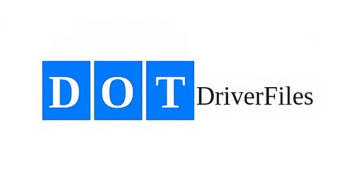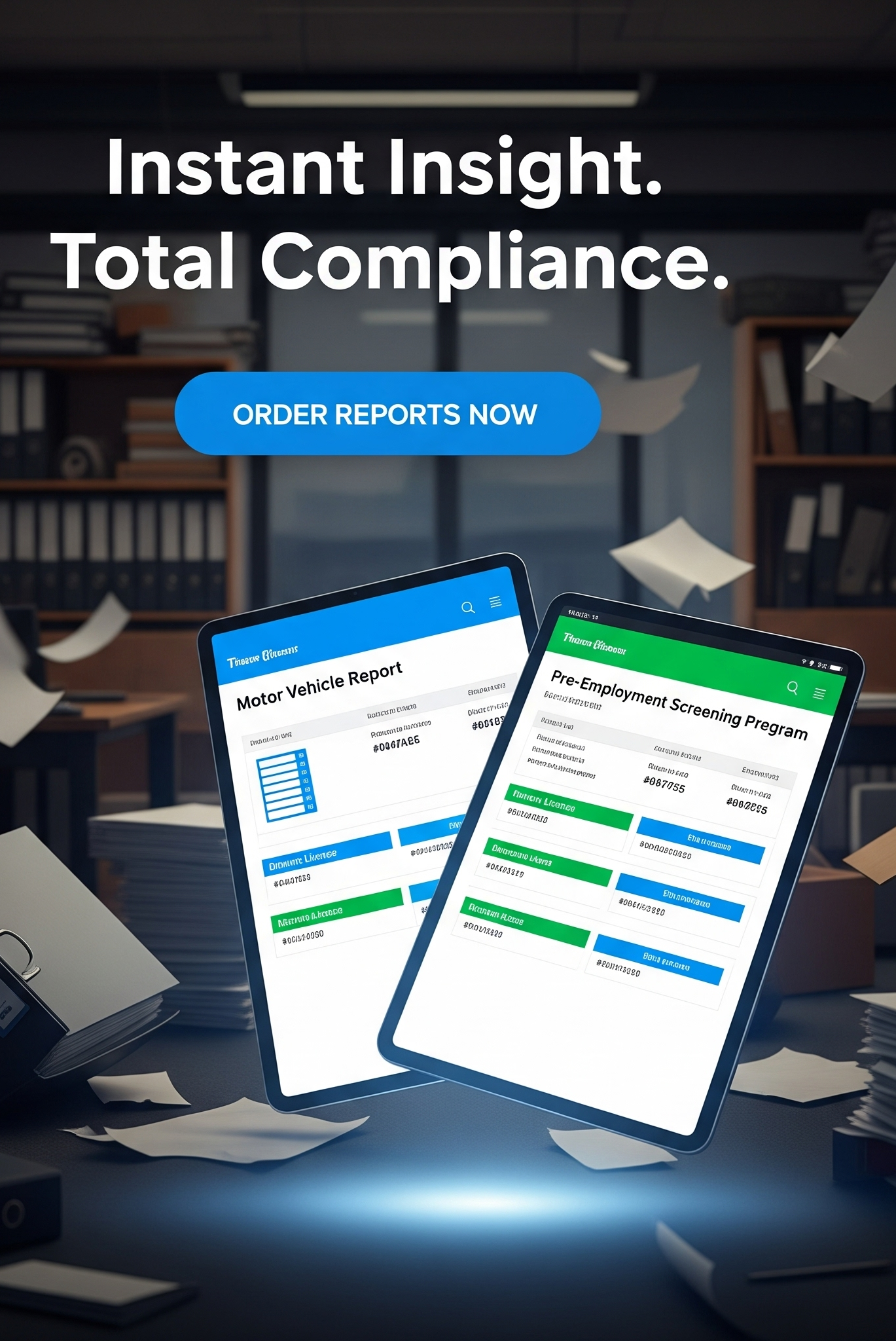Do you know the rules and regulations that govern the transportation of hazardous materials? Understanding and complying with hazmat transportation regulations is crucial to ensure the safe handling and shipping of potentially dangerous substances. The U.S. Department of Transportation (DOT) has set strict guidelines, known as hazmat guidelines, that outline the requirements for the transport of hazardous materials.
From packaging and labeling to route planning and public participation, these regulations cover various aspects to mitigate risks and maintain compliance. Whether you are a logistics company or a business that deals with hazardous materials, it is essential to navigate these regulations effectively to ensure the safety of your personnel, the general public, and the environment.
In this article, we will explore hazmat transportation regulations in detail, enabling you to understand the rules and requirements associated with hazardous materials transport. Discover the key categories of hazardous materials, compliance guidelines, and best practices for safe transportation.
Understanding Hazardous Materials and Compliance Categories
Hazardous materials pose significant risks during transportation, and it is crucial to understand their classifications and comply with the relevant regulations. Different categories of hazardous materials exist, each with its own handling and transportation requirements. By adhering to these compliance categories and regulations, you can ensure the safe transport of hazardous materials.
Hazardous Material Categories
Let’s take a closer look at some of the main categories of hazardous materials:
- Explosives: Materials that can rapidly release gases to create an explosion.
- Gases: Substances that are either compressed, liquefied, or dissolved and can be hazardous when released.
- Flammable liquids: Liquids that have a flashpoint below 141 degrees Fahrenheit and can easily catch fire.
- Flammable solids: Solids that can ignite and burn when exposed to heat, friction, or sparks.
- Oxidizing substances: Materials that can release oxygen and enhance combustion in other substances.
- Toxic and infectious substances: Substances that can cause harm to organisms through exposure or ingestion.
- Radioactive materials: Materials that emit radiation and require special handling and containment.
- Corrosives: Substances that can cause significant damage when in contact with living tissue or other materials.
- Miscellaneous dangerous goods: Materials that don’t fall into the other categories but still pose risks during transportation.
Each category has specific guidelines for packaging, labeling, and handling to mitigate risks and ensure the safety of everyone involved in the transportation process.
FMCSA Hazmat Compliance
To oversee hazmat compliance in the United States, the Federal Motor Carrier Safety Administration (FMCSA) has established stringent requirements for carriers. These requirements include:
- Training programs for personnel involved in hazmat transportation.
- Proper packaging and labeling of hazardous materials.
- Ensuring emergency response information is readily available.
The FMCSA’s regulations aim to minimize the risks associated with hazmat transportation and ensure the safe handling and transit of hazardous materials.
Take a look at the table below for a comprehensive overview of hazmat transport requirements:
| Requirements | Details |
|---|---|
| Training Programs | Carriers must provide hazmat-specific training to their personnel to ensure they understand the risks, regulations, and proper handling procedures. |
| Packaging and Labeling | Hazardous materials must be packaged and labeled appropriately to communicate the nature of the contents and any associated hazards. |
| Emergency Response Information | Carriers must have readily accessible emergency response information available to respond promptly and effectively in case of an incident or accident involving hazardous materials. |
Adhering to these compliance requirements and categories is essential for carriers to minimize risks, protect the environment, and ensure the safe transportation of hazardous materials.
Best Practices for Hazmat Transportation
When it comes to transporting hazardous materials, compliance with hazmat regulations is essential. As a carrier, it is crucial to follow best practices to ensure the safe and compliant transportation of these materials.
Staying updated with the latest hazmat regulations is a fundamental practice. Hazmat regulations can change, so it’s important to regularly review and adjust routing plans accordingly. By keeping abreast of any changes, you can ensure that your transportation processes align with the most current regulations.
Proper training and preparedness are also key components of hazmat transportation best practices. Your personnel should be knowledgeable about the hazardous materials they are handling and fully aware of the safety protocols that need to be followed. This ensures that everyone involved in the transportation process is equipped with the necessary skills and information to handle hazardous materials safely.
Implementing advanced routing software can greatly assist in hazmat transportation. This software incorporates hazmat road classes and routing categories, allowing for accurate mileage and distance calculations on safe and legally compliant roads. Additionally, in-cab navigation systems that are programmed to route and navigate based on hazmat road restrictions provide drivers with turn-by-turn directions that comply with hazmat regulations, further enhancing the safety and compliance of your transportation operations.
In conclusion, following best practices for hazmat transportation is vital for carriers. By staying updated with the latest hazmat regulations, ensuring proper training and preparedness, and leveraging advanced routing software and in-cab navigation systems, carriers can effectively navigate hazmat transportation regulations and guarantee the safe and compliant transport of hazardous materials.





